
Do you think there’s a way to upgrade your investing to add more shine and security to your portfolio? Why not give gold bars a try, too? Apart from their shine, investors can also keep them as a backup option when the economy is about to collapse. Investors usually make investment choices involving bonds, stocks, and real estate but are exposed to inflation and political instability. Therefore, why not add sparkle and strength to your portfolio with gold bars?
But hold your horses! Before diving in, Have you ever wondered how much does a gold bar weighs? Gold bars come in various sizes, weights, and shapes; choosing the right one can make all the difference. You don't want to be stuck with a gold bar that doesn't fit your portfolio or investing requirements. To help you out, we've got you covered! In this post, we'll learn about how much does gold bar weighs with their different weight categories, how they're produced, and the significant factors you need to consider while choosing gold bar sizes. So, let's uncover the secrets of investing in gold bars!
Those who want a more flexible investing approach or have limited funds in their accounts will likely find this size gold bar appealing. Because of its affordability and smaller size, it is also suitable for gifting purposes.
| Product Image | Weight Comparision | Grams | Kilograms | Ounces | Troy Ounces | Pounds | Buy |
|---|---|---|---|---|---|---|---|
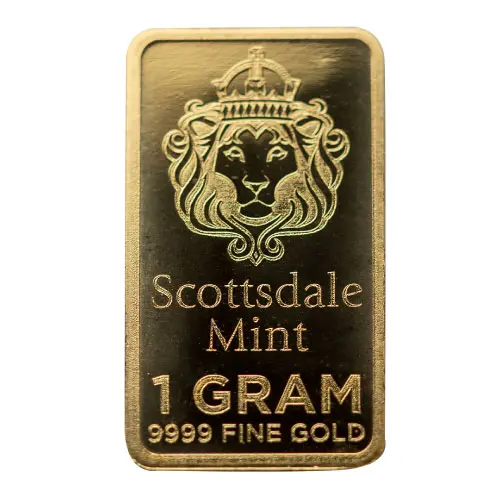 | 1 | 0.001 | 0.035 | 0.032 | 0.002 | 1 Gram Gold Bar | |
 | 2 | 0.002 | 0.07 | 0.064 | 0.004 | 2 Gram Gold Bar | |
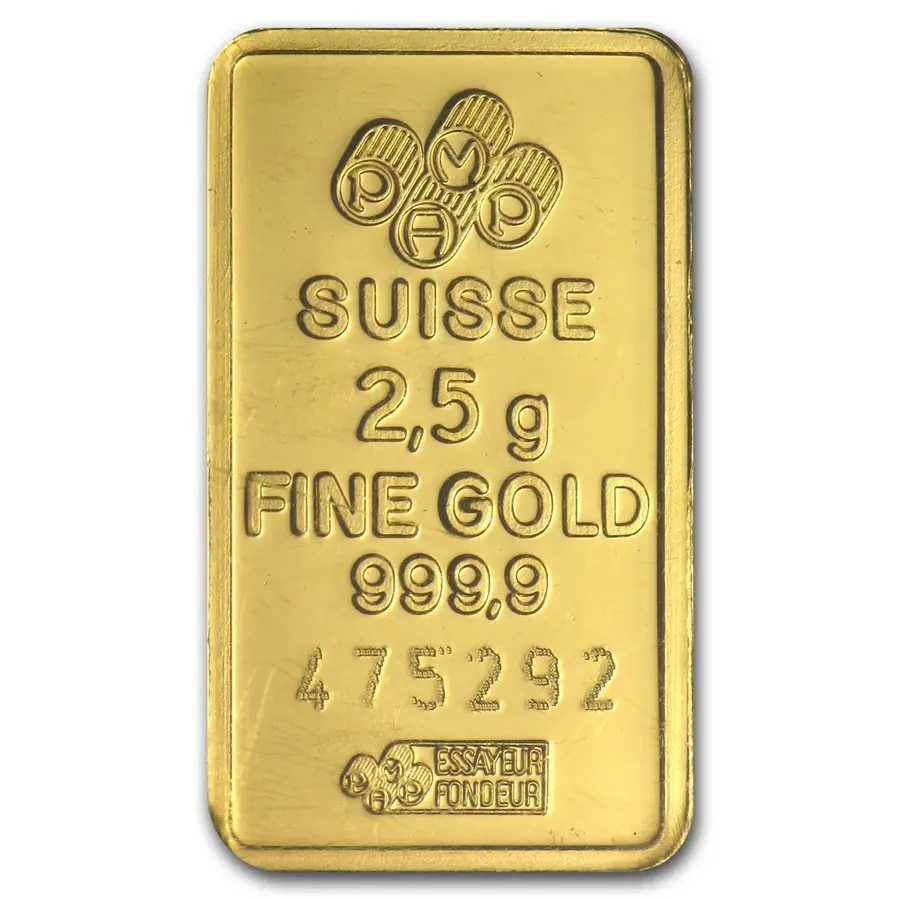 | 2.5 | 0.0025 | 0.088 | 0.08 | 0.0055 | 2.5 Gram Gold Bar | |
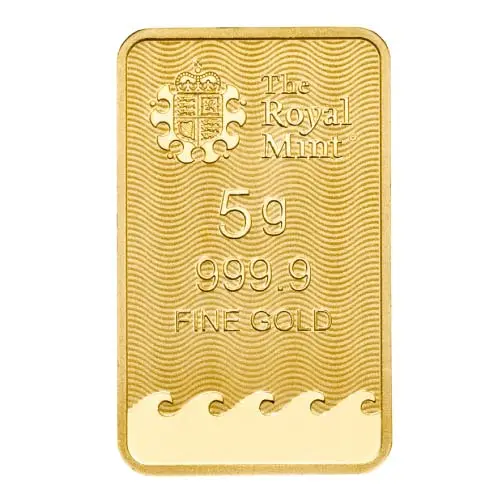 | 5 | 0.005 | 0.176 | 0.16 | 0.011 | 5 Gram Gold Bar | |
 | 10 | 0.01 | 0.352 | 0.321 | 0.22 | 10 Gram Gold Bar | |
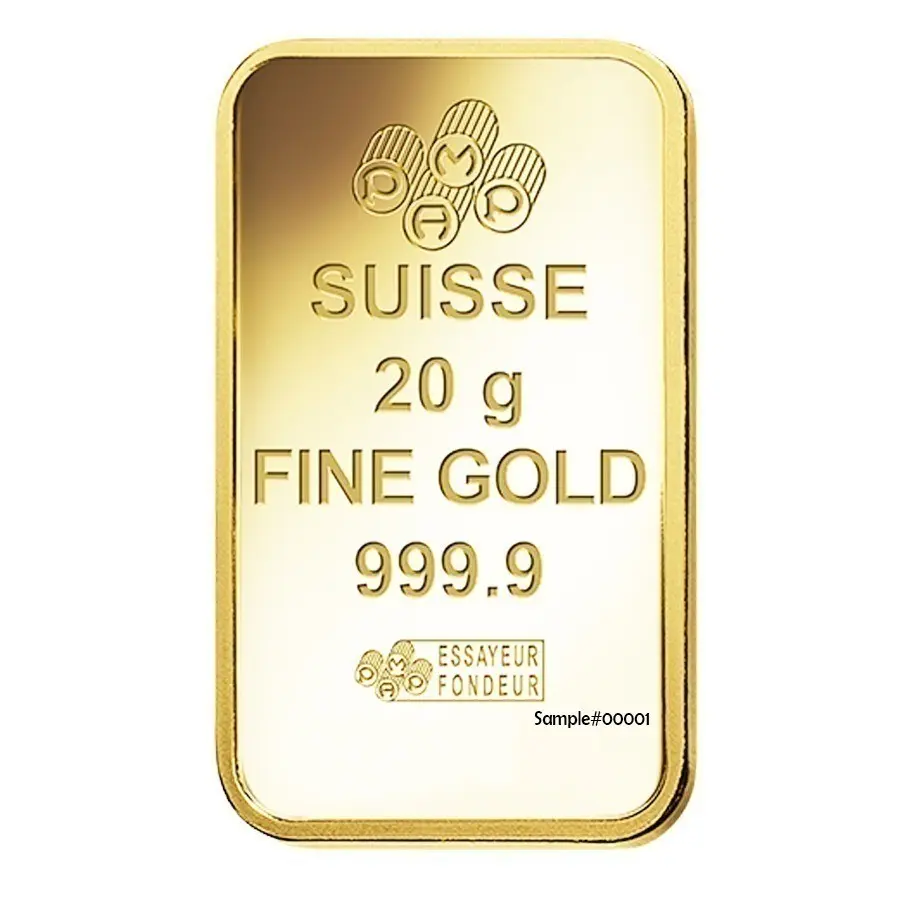 | 20 | 0.02 | 0.705 | 0.643 | 0.044 | 20 Gram Gold Bar |
These bars made of gold strike a balance between affordability and potential for price appreciation. They are typically appropriate for investors with moderate budgets and a medium- to long-term investment horizon.
| Product Image | Weight Comparision | Grams | Kilograms | Ounces | Troy Ounces | Pounds | Buy |
|---|---|---|---|---|---|---|---|
 | 31.1 | 0.031 | 1.097 | 1 | 0.068 | 1 oz gold bar | |
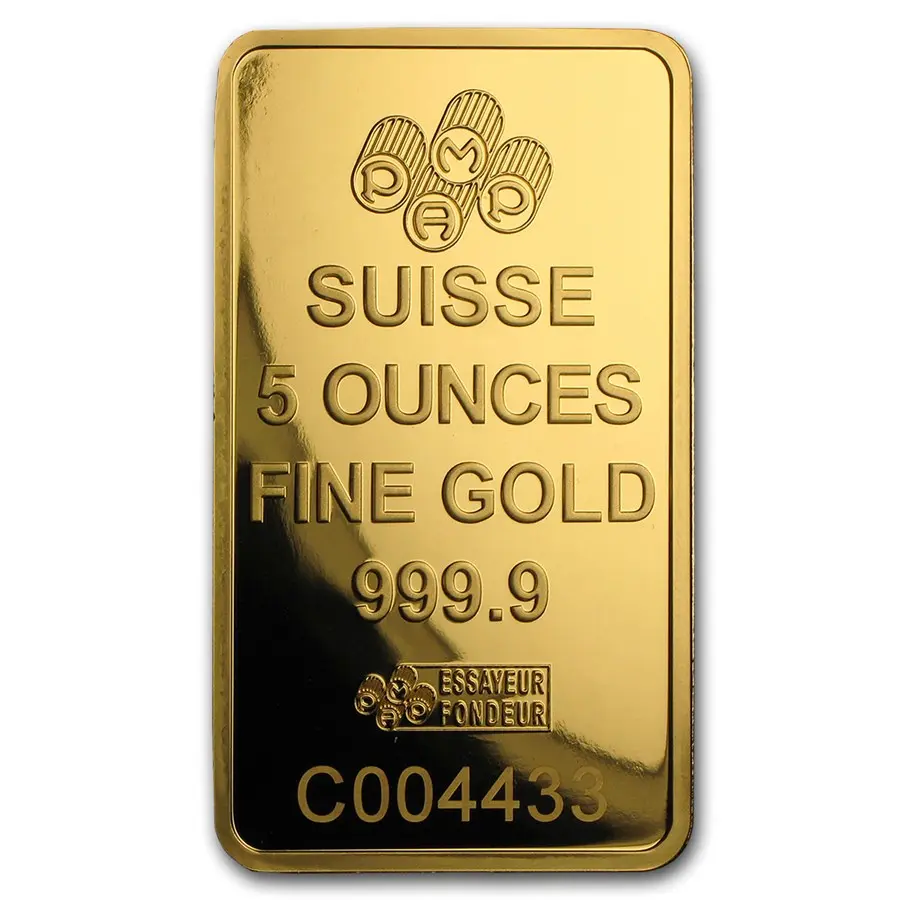 | 155.5 | 0.155 | 5.485 | 5 | 0.34 | 5 oz gold bar | |
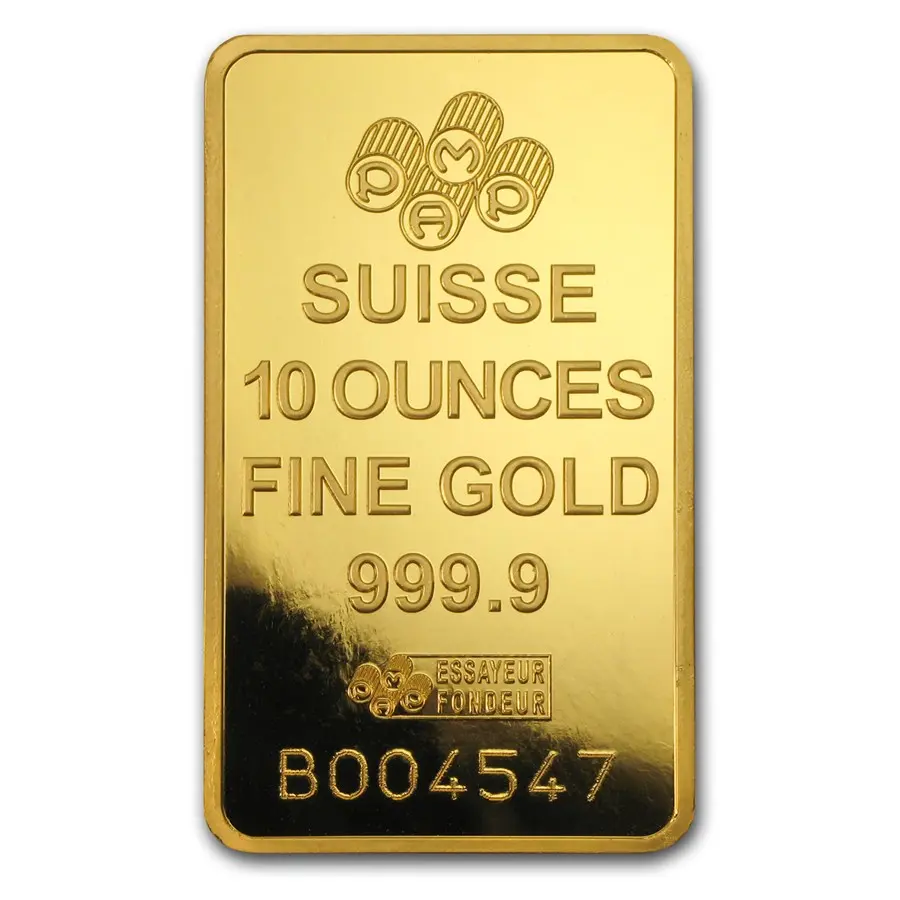 | 311 | 0.311 | 10.971 | 10 | 0.658 | 10 oz Gold Bar | |
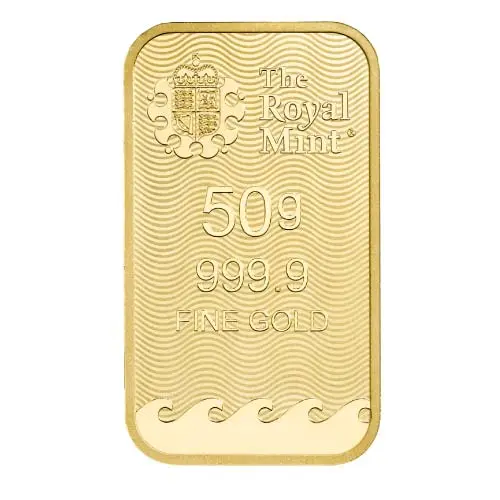 | 50 | 0.05 | 1.763 | 1.607 | 0.11 | 50 gram gold bar | |
 | 100 | 0.1 | 3.527 | 3.215 | 0.22 | 100 gram gold bar |
High-net-worth individuals or institutional investors usually prefer larger bars. They are more cost-effective regarding premiums over the spot price but might need more secure storage options.
| Product Image | Weight Comparision | Grams | Kilograms | Ounces | Troy Ounces | Pounds | Buy |
|---|---|---|---|---|---|---|---|
 | 1000 | 1 | 35.274 | 32.15 | 2.204 | 1 kilo gold bar | |
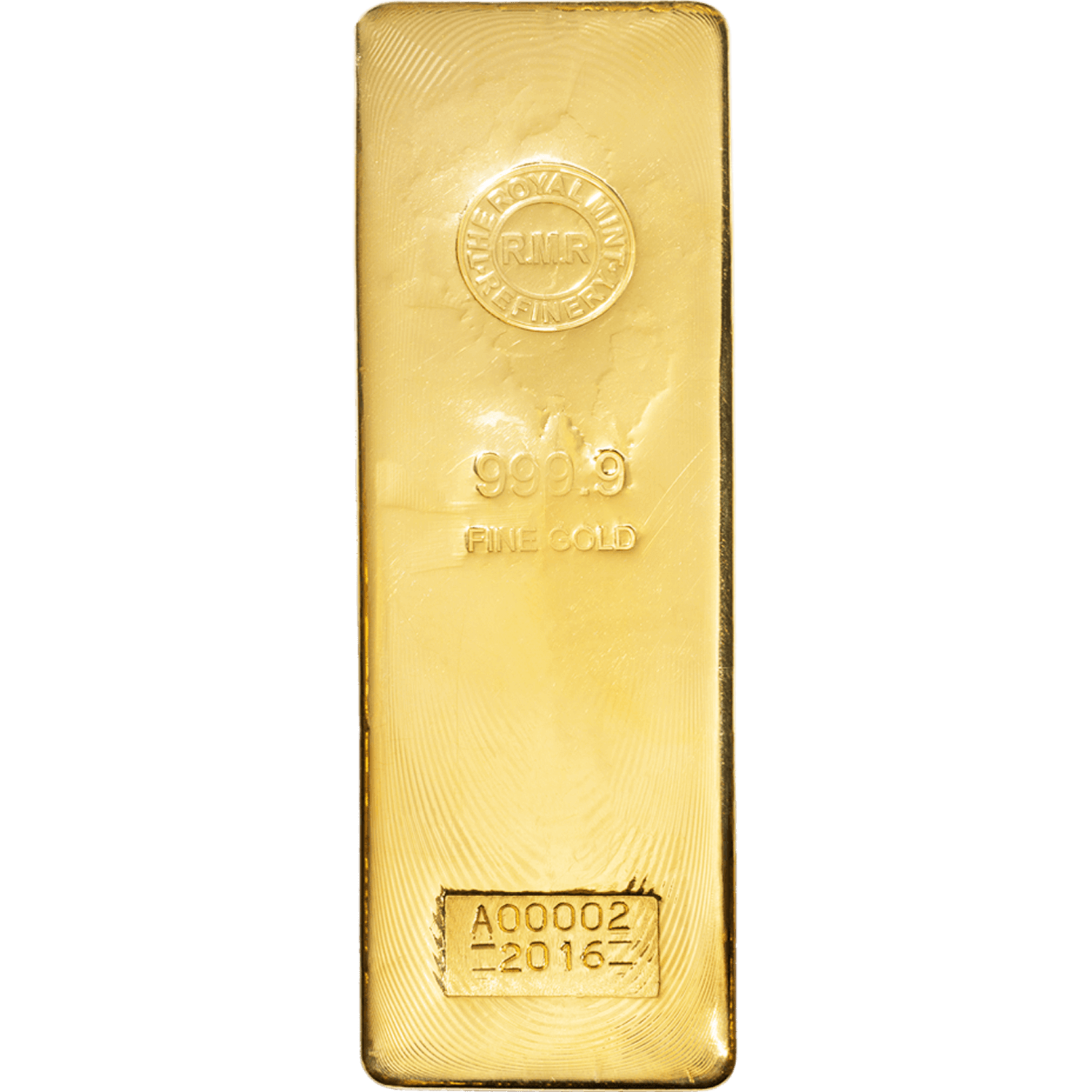 | 12440 | 12.441 | 438.857 | 400 | 27.428 | 400 oz gold bar |
Interestingly, larger bars may have a higher value, but smaller ones are more liquid and easier to store. So, if you're a gold bar investor, it's essential to consider your goals, storage needs, and budget before making a purchase. With so many options available, there's a gold bar out there that's just right for you!
Have you ever wondered how these different gold bars are made? Here is the gold bar production process.

The Ancient Egyptians were famous for their lavish jewelry and sophisticated art, and therefore, they favored metals like gold and silver. By approximately 5,000 years ago, the shaping of gold into bars had evolved, and thus it became the fundamental step toward how gold was saved and its value was judged.
In Mesopotamia, circa 3,000 BCE, small gold bars weighing approximately 14 grams were already used, indicating early attempts at standardizing gold quantities for trade and commerce. As Europe's economic significance increased from the tenth century onward, a standardized monetary weight system became essential for the burgeoning trade environment, fostering interactions between merchants worldwide.
The Romans contributed significantly to the evolution of gold measurement by using bronze bars called "uncia" or ounces. An uncia, weighing about 31.1 grams, became a foundational unit influencing future measurement systems. Some historians believe that the Roman uncia was the precursor to the troy ounce, highlighting the enduring legacy of Roman standards in gold measurement.
The city of Troyes in France, a major trading hub in the Middle Ages, is thought to have given its name to the Troy weight system. A troy ounce was equivalent to 480 barley grains, establishing a detailed and precise measurement system for trade. The Troy system's roots possibly extend back to the Roman era, with Troyan European merchants adopting weights inspired by their Roman ancestors.
In the early years, England started to establish a standardized system concerning the measure of gold called the ‘Gold Standard’, still serving as the official unit for gold and silver determination. Though measuring currencies against gold was not popular at the time, the Gold Standard was fairly accepted in the nineteenth century and went on into the twentieth century. King Henry II, the Norman king who was born in France, carried out a significant reform that brought the British standard of coinage closer to the French troy system. The troy weights used synchronously were, in this case, introduced and accepted in England during the periods following, laying the foundation for standardization that would follow. The US patterned after the British prototype. In 1834, the US embraced the gold standard, making the troy ounce the standard unit of measurement for gold coins.
The concept of standardizing gold bars, including their sizes and purity, began to take shape in the 18th century. The early Victorian period saw the Bank of England establishing specific requirements for gold bars, marking the transition to the modern era of gold bar standardization. This period heralded the use of the troy ounce, grain, pennyweight, and troy pound in measuring gold bullion, a practice that, despite some changes, remains integral to the classification of gold bars and coins today.
The two most commonly used weight units for measuring gold bars are troy ounces and metric systems such as grams. Troy ounces are a system of measurement that originated in the Middle Ages. In the United States, the avoirdupois ounce is a standard unit of measurement, but a troy ounce is heavier.
Grams are typically used for smaller bars. Gold weighs approximately 31.1 grams per troy ounce. The standard gold bar weighs 12.4 kg or 400 troy ounces and measures 4 by 11 by 2 inches.
Gold bars are worth significant money, with this standard bar estimated to be worth weighs, and choose a suitable size for your investment.
$700,000. As a result, many vendors offer gold bars in different sizes. Most people who buy gram gold bars do so with a specific price range in mind. These smaller bars are advantageous for establishing liquid assets and diversifying your portfolio without taking on the risk of purchasing large gold bars. Regardless of the measurement unit, gold bars' forms, qualities, and brands vary.
The production of gold bars involves two techniques: minting and casting.
The London Bullion Market Association's Good Delivery Standard, created in 1987, certifies the weight and purity of gold bars. It is the most significant quality mark for gold bar producers. The standard includes strict requirements for gold bar dimensions, weight, appearance, stamping, and fineness—which must be at least 995.0/1000—and requires the bullion producer to fulfill specific quality standards. The Good Delivery certificate facilitates investors' resale of gold bars and is recognized globally.
Using these techniques, you can determine the authenticity of a gold bar. To prevent yourself from counterfeiting and scams, here are two simple techniques:

First, examine the gold with your hands and assess it physically. Genuine gold is heavy and soft.
You can use a precision scale to find out the weight and compare it to the manufacturer's specifications.
Confirm the dimensions, as counterfeiters might shave a bit of gold to make the piece lighter.
Lastly, since real gold has a smooth texture, look for any indications of air bubbles or other notable irregularities in the gold piece. But cast bars have rough and textured reverse surfaces, so in those cases looking for hallmarks is necessary.

Every genuine gold bar or coin has a hallmark stamp certifying its purity. This stamp represents a respectable manufacturer's guarantee about gold purity. If your gold coins or bars lack a hallmark, they are probably fake.
Additional distinguishing factors are the weight of the gold, its purity, and the mint where it was produced.
It might surprise you that an average 400 troy ounce gold bar weighs 27.4 pounds. That's a hefty weight for a single bar of gold!
A standard gold bar can weigh between 350 and 430 fine ounces, roughly 10.9 to 13.4 kilograms. And when it comes to measuring the weight of a gold bar, troy ounces are the way to go.
One troy ounce is equivalent to 31.1034768 grams, the standard unit of measurement for gold.
But what about the largest gold bar in the world? It weighs 250 kg (551 lb) and is known as the London Good Delivery or Good Delivery bar.
Selecting a gold bar size involves considering various factors. Bar sizes do not hold the same worth, are not equally easy to sell, and are not equally convenient to store.

Give a clear explanation of your motivations for buying gold. After all, there are various uses for gold bar weights, and knowing what you want to achieve will help you make the right choice.
Smaller to medium-sized bars may be adequate to diversify your portfolio or hedge against inflation. Larger bars might be more appropriate if you're looking to make a significant, long-term investment. Everything depends on your investment goals.
Considering the premiums connected to various gold bar weights can be beneficial. In comparison to larger bars, smaller bars frequently have higher percentage-wise premiums, which can raise the total cost and, in certain situations, make larger bars the better option. At BOLD, we pride ourselves on providing the most competitive premiums for gold bars and coins.
As you narrow down your selections, calculate the cost of each bar per gram or ounce, accounting for any extra fees. Given your budget, this will help you determine the most economical option.
Another crucial factor to think about is the investment's liquidity. Since smaller bars are simpler to sell in smaller increments, they are typically more liquid. Smaller bars might be a better option if you expect to need to sell some of your gold holdings eventually.
The weight of your gold bar can impact storage considerations. Specialized storage solutions like a secure vault or a safe deposit box may be necessary for larger bars. Evaluating the available storage options and associated costs before purchasing is advisable.
Choose how long you want to hang onto your gold investment. Long-term investors may profit from larger bars' possible cost efficiency, while short-term investors may find smaller bars more liquid and simpler to sell.
Considering how gold fits into your overall investment portfolio may also be beneficial. Diversification is one of the most important aspects of wise investing, and gold can help reduce risk.
Choose the size of gold bars that best suits your needs by evaluating the percentage of your portfolio that should be made up of gold depending on your investment strategy and risk tolerance.
Adding gold bars to your portfolio as an investment can enhance its shine and serve as a reliable hedge against market fluctuations. The intricate evolution of these valuable assets, from ancient times to the complex market dynamics of today, has been revealed through the history and measurement systems of gold bars.
With this article, you must have got an idea about how much does a gold bar weighs. Comprehending the troy ounce and gram measurements of gold bar weight is essential for any investorwho wishes to make well-informed choices. Ensuring your investment is safe and sound depends mainly on the casting and minting processes, weight and purity certification from recognized organizations like the London Bullion Market Association, and authenticity verification techniques.
With their timeless value and inherent beauty, gold bars offer a unique opportunity to fortify your investment portfolio against the uncertainties of inflation and political instability. BOLD Precious Metals provides a large inventory of gold bars of various sizes. Choose a suitable weight for your investment portfolio and get the gold bars at the lowest price at BOLD. Remember, the weight of a gold bar is not just a measure of its physical heft but a symbol of its potential to safeguard and enrich your financial future.
The LBMA has set the standard weight range for a gold bar between 350 to 430 fine ounces, equivalent to about 10.9 to 13.4 kilograms. The typical weight of a gold bar is 400 troy ounces, approximately 27.5 pounds, and its dimensions are 7 inches x 3 and 5/8 inches x 1 and 3/4 inches. However, the weight and dimensions may vary depending on the institution and intended use.
A 1 oz gold bar weighs 31.1034768 grams or one troy ounce. This weight is frequently used for gold bars and is a practical size for investors and collectors. Gold investors commonly prefer 1 oz gold bars as they are easy to store and transport. Due to this reason, they are a favored option for those looking to invest in gold.
Gold bars can have different weights based on their size and purity. Good Delivery bars, which are standard gold bars, typically weigh 400 troy ounces (approximately 12.4 kilograms or 27.4 pounds). However, gold bars can be found in various sizes and weights, including smaller ones for retail investors and larger ones used in institutional trading. This means that the weight of a gold bar can vary from a few grams to several kilograms.
A gold brick, often referred to as a gold bar, can vary significantly in weight depending on the standard or type of bar in question. The term "gold brick" might bring to mind the commonly depicted standard gold bar (or ingot) size, which is known as the "Good Delivery" bar.